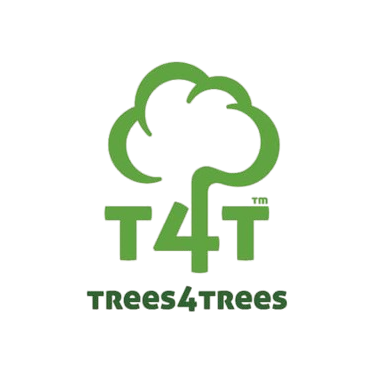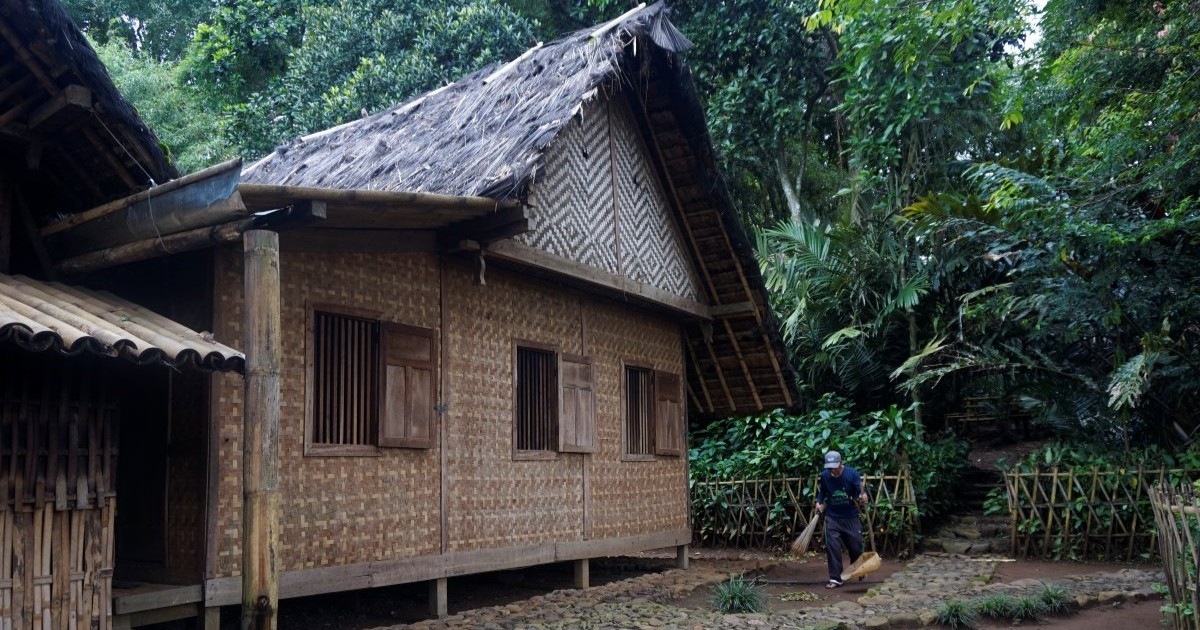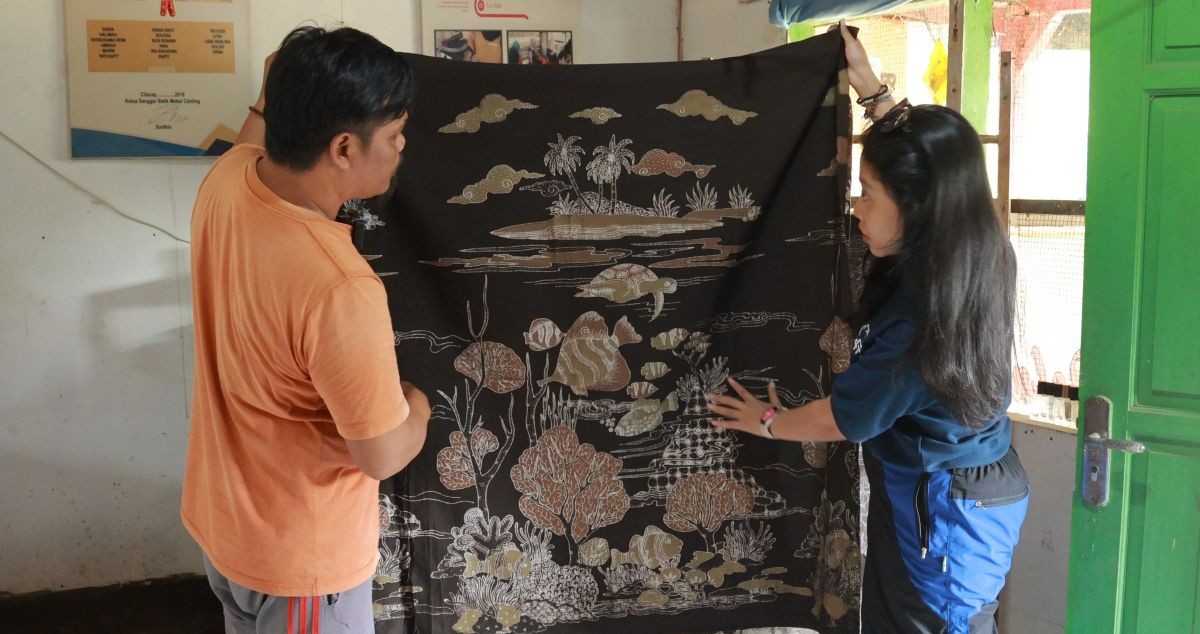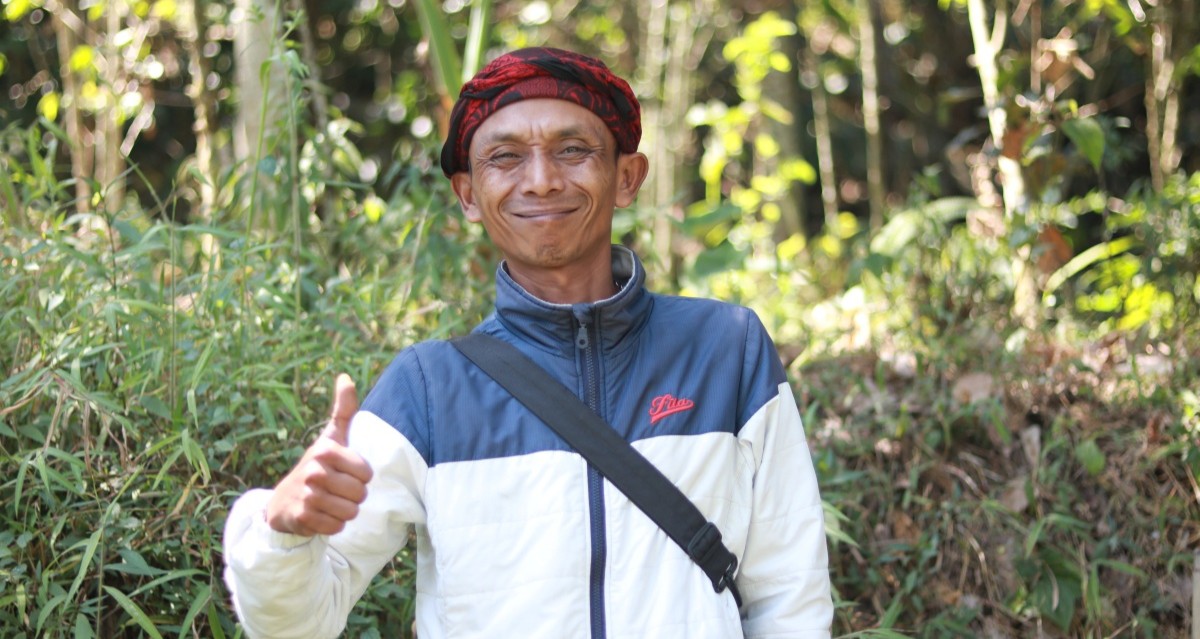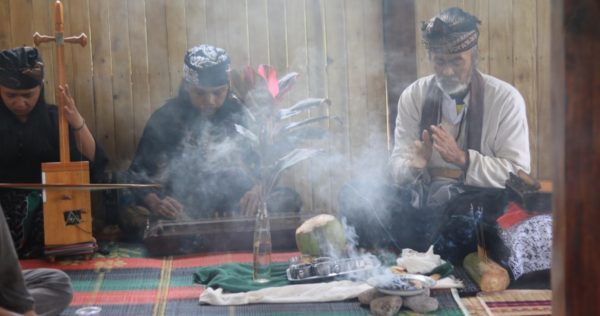
Indonesia, the world’s largest archipelago, is rich in cultural heritage and ethnic diversity. Here, more than 1,300 ethnic groups form a vibrant mosaic of traditions, many of which are deeply rooted in nature. This connection to nature is especially apparent in the Sundanese Indigenous villages of West Java, where many of our tree-planting programs are based.
Where Tradition and Nature Intertwine
Heri is a resident of Legok Kiara, a cultural hamlet in Rawabogo Village, Bandung Regency. He explains, “we have a proverb passed down through generations: There’s no separation between us and nature – only unity in life. Without nature, where would we live?”
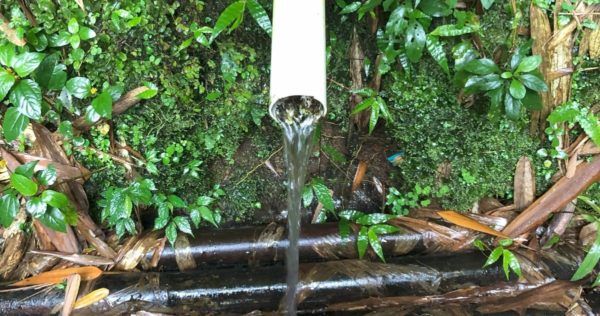
According to Heri, the forest is the village’s lifeline. “Our clean water flows from forest springs. If trees are cleared, drought and floods will follow, so we work hard to protect it.”
In the neighboring Cikondang hamlet in Lamajang Village, Wawan shares a similar perspective. “We take wood from our forest only for houses or rituals,” he says, “and always in accordance with customary rules; no one dares to cut down trees without getting permission from the elders first.” For people like Heri and Wawan, respect for nature is enshrined in local laws and practices, underpinning many aspects of daily life.
Cikondang itself is known for its strong culture, pristine nature, and reverence for tradition. The hamlet is home to one of the oldest known Sundanese traditional houses in Indonesia which, like the community itself, has stood the test of time and continues to stand proud in the modern era.
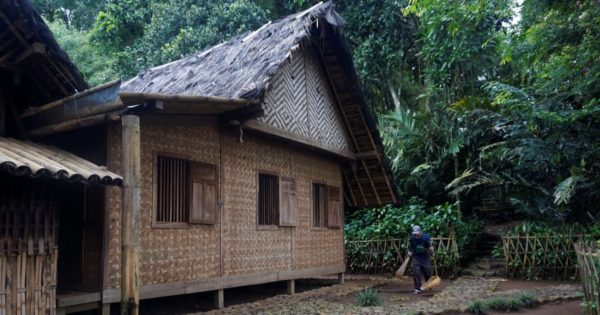
“Here, we believe following traditional rules is the same as obeying God’s law,” says Abah Anom, guardian of the Cikondang traditional house. “Anyone who violates them – for example, by cutting trees illegally or selling farmland – will be punished by God.”

Rituals and Rites of Passage: Living in Harmony with Nature
For generations, local wisdom has guided the Sundanese and helped them to live in harmony with nature. “We still practice traditional rituals today,” says Abah Anom. “By continuing them, we believe our lives will be spared from misfortune.”
Abah Anom goes on to explain a few of his community’s customs in greater detail: “Each year, we hold a traditional irrigation ritual to water 140 hectares of farmland along the Cisangkuy River, ensuring land is irrigated fairly,” he says. “We also perform a clean water ritual at Ciruntah spring, which is a vital water source for the community; we keep it clean and pray to preserve its providence.”
In Legok Kiara, a similar ritual called Ngalokat Cai (preserving water) begins with cleaning water channels and is followed by prayers over collected spring water. “These rituals reflect our gratitude and responsibility to protect water sources,” says Heri.
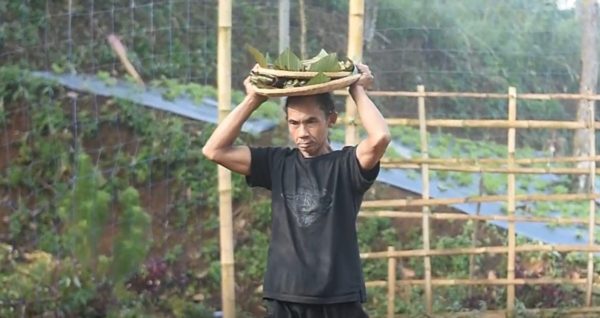

Nature As the Inspiration for Art and Culture
In addition to being a spiritual foundation for daily life, nature can also be a source of artistic inspiration. Vandik, a painter from Jelekong Art Hamlet in Baleendah Village, seeks to reflect Indonesia’s natural beauty in his work. “My first teacher was nature,” he explains. “It’s impossible to paint – in form or color – without studying it closely.”
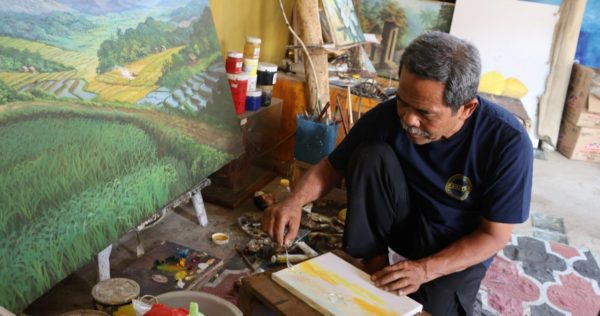
Jelekong is home to a long and proud tradition of artists who have taken their inspiration from nature. As Vandik explains, “the early efforts of our elders earned this place the title Art Village,” and to this day the region is still famed for its songs, dances, paintings, and wayang golek (a traditional form of wooden puppetry).”
Meanwhile, in Legok Kiara, Sundanese arts are often showcased through tourism. “We perform pencak silat, the traditional martial art, along with music like tarawangsa, angklung, and calung performances. All are linked to nature,” says Heri.
Heri also reveals that the intricate movements of the pencak silat dance are an embodiment of forest animals. Moreover, Tarawangsa music is rooted in rituals that give thanks to nature – even the musical instruments themselves are crafted from wood and bamboo sourced from the forest.
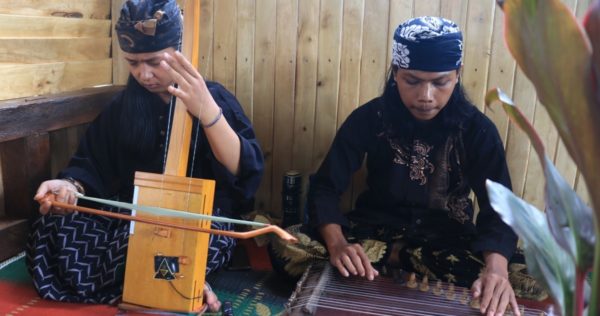
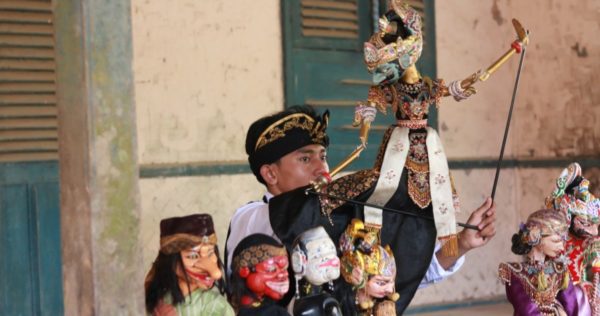
Restoring Forests, Preserving Tradition
With support from AstraZeneca and One Tree Planted, Trees4Trees has already planted 12 million trees throughout the Citarum watershed in West Java, which is home to many cultural villages. “With trees planted in our village, the Trees4Trees program helps us protect the forest,” says Heri. He adds that, in 2024 alone, over 300,000 trees were planted in his village, with more than 500,000 in Lamajang and Baleendah, where the cultural hamlets of Cikondang and Jelekong are located. “We are very grateful for every one of these precious trees,” he added.
This initiative not only restores ecosystems but also sustains the natural resources Indigenous communities depend on. By planting trees, Trees4Trees is preserving both culture and nature – ensuring they remain intertwined and continue to flourish together for many more generations to come.
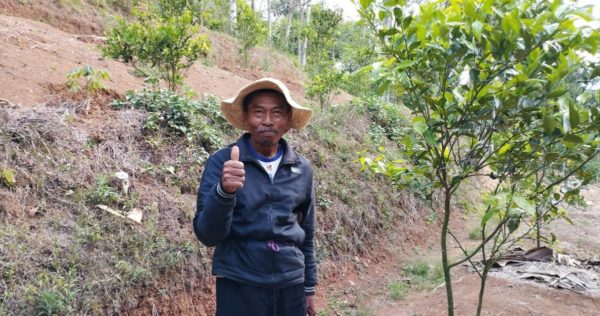
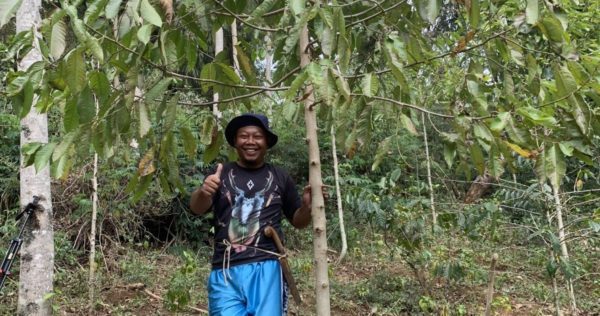
Writer: V. Arnila Wulandani. Editor: Chris Alexander. Photos: Kemas Duga Muis, Reza Alwiandhi for Trees4Trees
